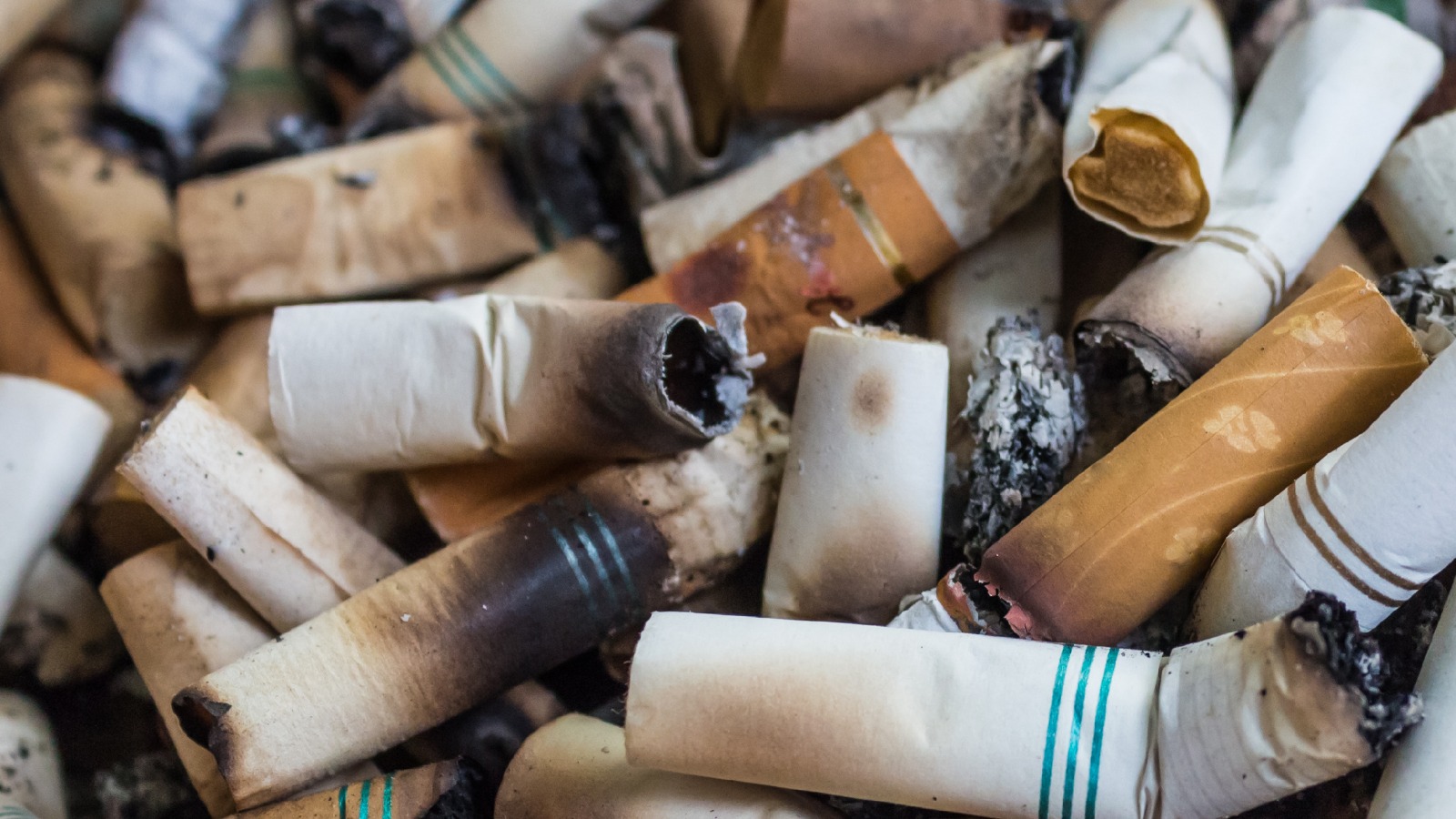
Global scientists are working to find workable, renewable, and environmentally friendly energy alternatives while also investigating novel, cutting-edge strategies to lessen our reliance on harmful, non-renewable energy sources. Biodiesel, which is produced from biological materials like edible and non-edible oils, animal fats, and leftover restaurant grease, is one such clean fuel source. Biodiesel is a considerably cleaner, more environmentally friendly energy source because it is both renewable and biodegradable.
The largest obstacle to biodiesel’s widespread adoption, nonetheless, continues to be its high cost. We already know the answer to this issue: cigarette butts. Previous research has shown that adding additives such as triglyceride triacetin increases biodiesel efficiency by reducing air pollution and increasing combustibility. However, making triacetin is extremely hazardous to the environment because it necessitates the use of numerous chemicals and generates a large amount of toxic waste. According to research published last month in the Journal of Analytical and Applied Pyrolysis, scientists at Kaunas University of Technology (KTU) in Lithuania, in partnership with the Lithuanian Energy Institute, have devised a method to synthesize triacetin using cigarette butts.
Cigarette butts are easy to collect as there are many systems and companies for collecting this waste in place,
“In our research group, we are working on the topics of recycling and waste management, therefore we are always looking for the waste, which is present in huge amounts and has a unique structure,” said Samy Yousef, lead and corresponding author of the study. “Cigarettes are made of three components – tobacco, paper and a filter made of cellulose acetate fibres – and are a good source of raw materials and energy. Plus, cigarette butts are easy to collect as there are many systems and companies for collecting this waste in place,” he added.
The butts were thermally decomposed by pyrolysis at temperatures of 650, 700, and 750 °C. Following multiple studies, the experts discovered that the largest amount of triacetin chemical (43%) was extracted at 750 °C, with yields calculated at 38 wt % oil, 25.7 wt % char, and 36.4 wt % gas. “All of the products have real-world applications,” Yousef explained. “Char, which is porous and high in calcium in our case, can be used as an absorbent and energy storage in fertilizers or wastewater treatment.” Gas can be utilized to generate energy. Last but not least, oil rich in triacetin can be employed as a cost-cutting ingredient to biodiesel,” he noted.
